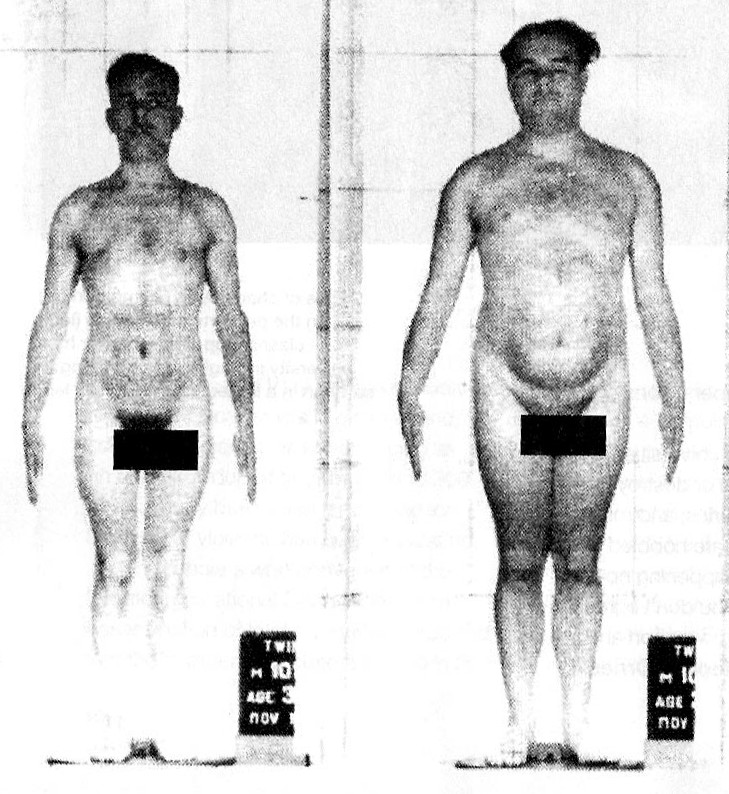Oops! I Wrote as Though Blogging, to a National Magazine
I’ve gotten used to the world of email and blogging. Back in October I read a (typically good) short article in Smithsonian Magazine about Regional American Dialects entitled “Say What?” by Ulrich Boser.
The last line quotes University of Pennsylvania linguist Bill Labov commenting on linguistic drift:
“But it’s not really like biological evolution. No linguist believes that language gets better as it changes.”
To which my mind immediately snapped: “Say What?!?” I typed a quick reply commenting on the misapplied value judgment attributed to the course of biological evolution. I got an email this week advising me that the editors will print my “letter” in the December 2006 issue of Smithsonian Magazine.
Oops.
…

